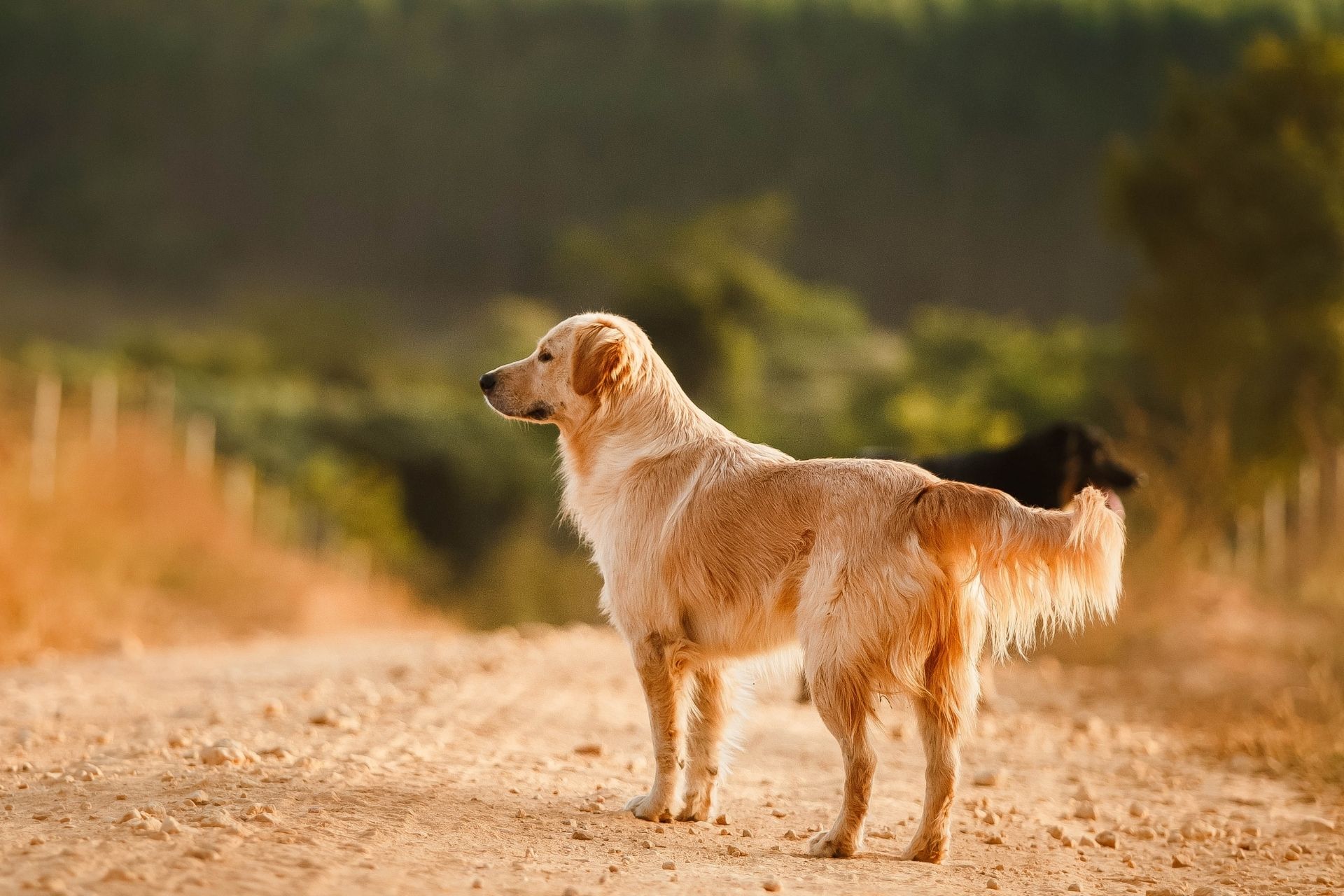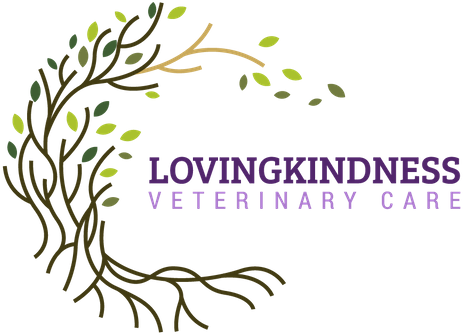Dysthanasia

Dysthanasia is the term we use to refer to a death that was traumatic or unpleasant, or did not go as expected. While we do our best to provide a “good death” through medical euthanasia, we can not have complete control over how death unfolds. Often what is a “good death” to one family, may be interpreted as a Dysthanasia by another family.
We have also spoken with many families who have had previous experiences with death or euthanasia in which they witnessed normal signs of active dying, and because they did not understand what they were seeing, were haunted by them, and worried that their pet was in distress or suffering. We encourage you to speak with your veterinarian about anything you witnessed during a euthanasia or death that was concerning, as many times we can provide an explanation to help ease your mind and better understand what happened.
The Companion Animal Euthanasia Training Academy (CAETA) provides a summary of the generally agreed upon differences between euthanasia and dysthanasia:
Euthanasia:
- The animal feels minimal to no anxiety, pain, or fear.
- Proper technique is delivered.
- The procedure is in line with professional and societal welfare expectations. • Observers (i.e., loved ones) feel safe and supported.
Dysthanasia:
- The animal feels unacceptable pain, anxiety, and/or fear.
- Improper technique is used.
- Observers (i.e., loved ones) experience distress and anguish due to the improper technique. •
- Support among the patient, client, and veterinary team breaks down.
From: https://caetainternational.com/dysthanasia/
Many of our patients have very serious illnesses resulting in major acid/base imbalances, hypoxia, electrolyte imbalances, severe dehydration, anemias, or other metabolic changes that occasionally cause unexpected signs during the euthanasia process, especially during the sedation process. We can do our best to anticipate and explain anything that occurs that is not expected, but each animal is an individual miracle, and occasionally unexpected events occur in even the most skilled hands. Euthanasia is an art as much as a medical procedure, and we do not have complete control over life and death and how they unfold.
In the end, we all believe that the decisions we make for our pets come from a place of love, and wanting what we think is best for them, and are always made with incomplete information. Second guessing our decision, wondering “what if”, and feeling guilty are normal, but if you feel that something happened that should not have occurred during the euthanasia due to improper technique, and you do not feel that your veterinarian has been able to provide you with adequate explanation or reassurance, we encourage you to visit Companion Animal Training Academy (CAETA) information on euthanasia case review. Families that have experienced a dysthanasia may also experience more profound and complicated grief. Counseling and support from an experienced mental health professional can be helpful in navigating any loss, but especially in these cases.
